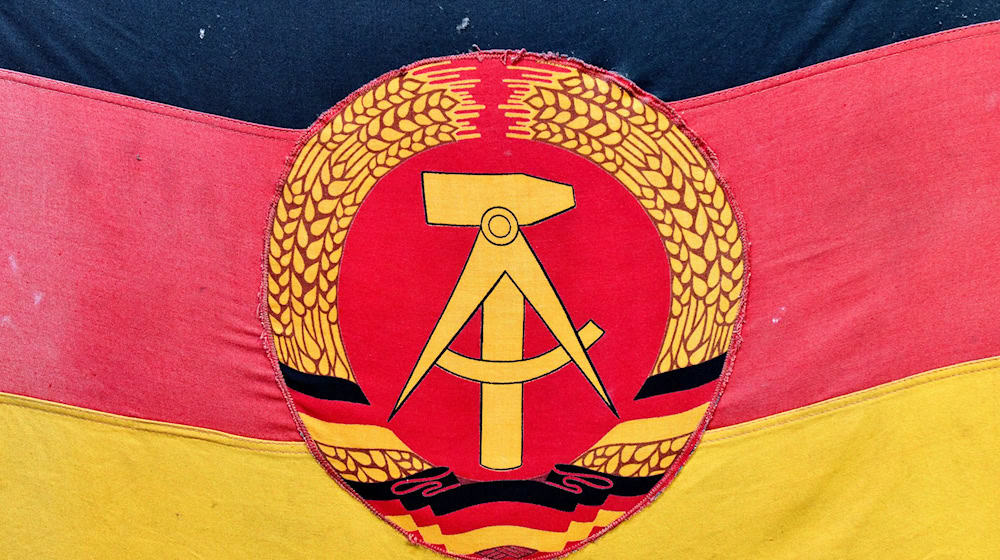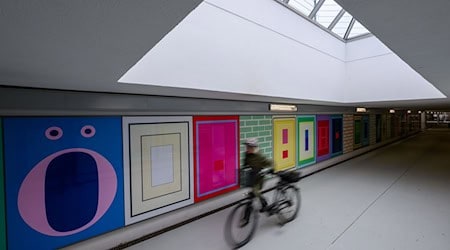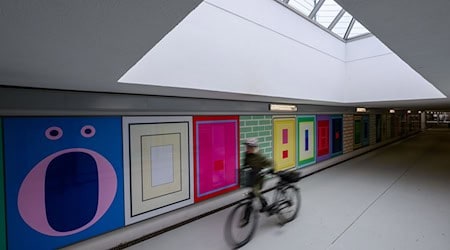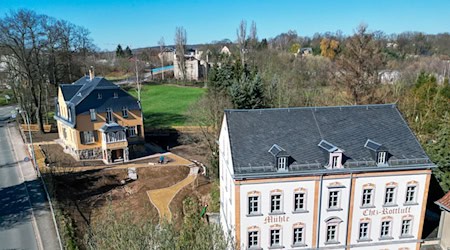Thousands of exhibits in East German museums could have been expropriated during the GDR and Soviet occupation, according to researchers. According to estimates by experts from the Brandenburg Museum Association, around three to four percent of the collections in the federal state could have such an origin.
This is a very high number compared to exhibits from the time of Nazi persecution, said provenance researcher Alexander Sachse at an online event organized by the association. "That's dozens, if not hundreds of objects per museum that are affected," emphasized Sachse.
Research into the origin of art and cultural objects is known as provenance research. In Germany, it reconstructs spoliations from the Nazi era or colonialism as well as those from the Soviet occupation and the GDR.
A German phenomenon
In Saxony, Saxony-Anhalt and Thuringia, the proportion could be even higher, according to estimates. The reason for this is the so-called land reform, explained Sachse. Under the Soviet occupation from 1945, art collections in castles and manor houses were expropriated. State actors also expropriated cultural assets in the course of criminal proceedings in the GDR or after people fled to the West.
According to the researchers, the corresponding exhibits with a tainted past are not only found in the new federal states. "It's not just an East German problem, because this cultural property can also be found in many West German museums thanks to the art trade," emphasized Arne Lindemann, Managing Director of the Museum Association.
Legal basis for restitution often lacking
In some cases, this involves important art, such as paintings by the artist Gustav Klimt. "It's not always just about old beer glasses, as is often reported," emphasized Sachse. According to current opinion, the objects may have been unlawfully taken from their owners, but according to Sachse, there is often no legal basis for their return.
In order to facilitate research and raise awareness of the issue in museums throughout Germany, the museum associations of Saxony-Anhalt and Brandenburg have published a handout aimed at employees in the exhibition houses.
Copyright 2024, dpa (www.dpa.de). All rights reserved










